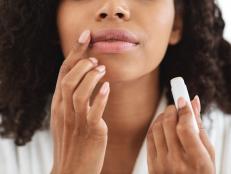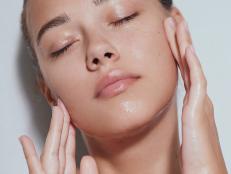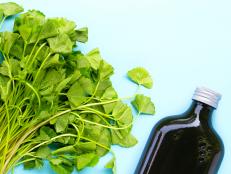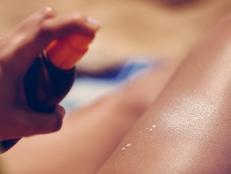Simple Steps to Take Better Care of Your Nails
The dos and don’ts of nail care.

Simple Steps for Nail Care
There are twenty little helpers at the tips of our fingers and toes: our nails! They provide grip, protect from infection, and help with fine motor skills. We can put our personality on display with fun colors and designs. They also show signs of our health. Since our nails are important, we should take steps to ensure their upkeep. Here are 10 things you should and shouldn’t do to maintain healthy nails.
Do: Keep It Clean
Make sure you wash your hands to get rid of germs and use clean nail tools. Protect your hands from extreme cold or heat, which dries your nails out, and from overexposure to chemicals (like acetone in nail polish remover!) which can make your nails brittle.
Do: Keep It Short and Sweet
It’s more important to retain health before length. Keeping your nails trimmed allows them to grow stronger, and then the length will follow. After trimming, you should file to prevent rough edges that can snag. File in one direction, not back and forth, which stresses the nail, and use clean clippers and tweezers.
BUY IT: Walmart, $7.98
Do: Wear Coats
If you polish your nails frequently, a base coat protects the paint from staining your nails and can double as a moisturizing treatment. Try to find an acetone-free nail remover — even though it works fast, it’s a harsh chemical that can dry out nails.
BUY IT: Walmart, $1.41
Do: Diet
Nails are made of a protein called keratin and you can help naturally promote it through the food you eat. Red meat, eggs, and leafy greens are good sources of protein, as well as the calcium, iron, and antioxidants your nails need to be strong.
Do: Consider Nail Hardeners
If your nails are brittle and prone to breaking, a nail hardener can help strengthen them. Hardeners are protein enriched treatments that bond to and react with naturally occuring nail proteins to make them stronger.
BUY IT: Walmart, $12.50
Don’t: Rip Your Nails or Hangnails
A broken nail or hangnail can be extremely annoying and painful; it’s tempting to peel or gnaw off that part of the nail or the little piece of skin just to be done with it. However, some nails break deeper than they appear, which may result in creating a jagged, rough nail. Ripping a hangnail can lead to you tearing your skin. In both cases, you can risk exposing your skin to infection so instead you should trim it.
Don’t: Cut Your Cuticles
Cuticles are a thin layer of skin that protect the area on the nail where new nail cells are created and prevent bacteria from entering the body through the nails. You shouldn’t cut them, instead, use a cuticle stick to gently push them back and then remove the dead skin. Don’t forget cuticle oil to lock in moisture!
BUY IT: Ulta, $12.50
Don’t: Get Too Buff
Buffing is an important step that helps increase blood flow to your nails, removes oil buildup, and makes your nail look brighter. But too much of a good thing is not good for you; buffing too often can weaken and thin nails.
BUY IT: Amazon, $3.99
Don't: Overexpose
Chemicals can dry out and weaken your nails, and there are many found in the world of manicures: acrylics, gels, polishes, UV curing, and acetone all can damage your nails over time. Allow time for your nails to rest between sets.
Don’t: Use Your Nails as Tools
Relying on the tips of your nails for tasks puts pressure on them. When you can, use your fingertips and tools to help you open items, pick things up, or hold stuff.
YOU MIGHT ALSO LIKE: Dr. Sarah's Perfect Pedicure Must-Haves, No Salon? No Problem! How to Give Yourself a Professional Manicure at Home, What Is a Pumice Stone and What Are the Benefits?




















